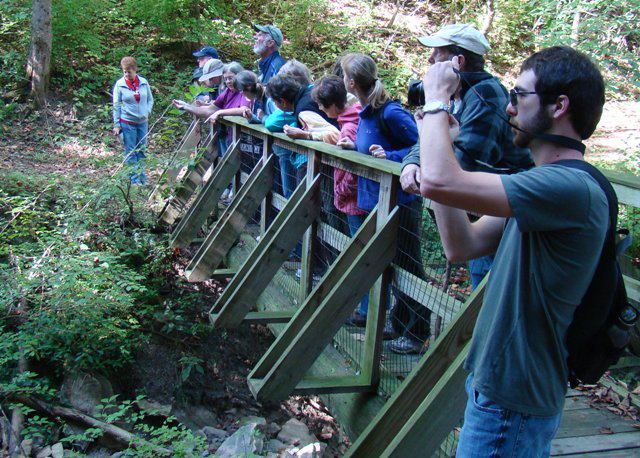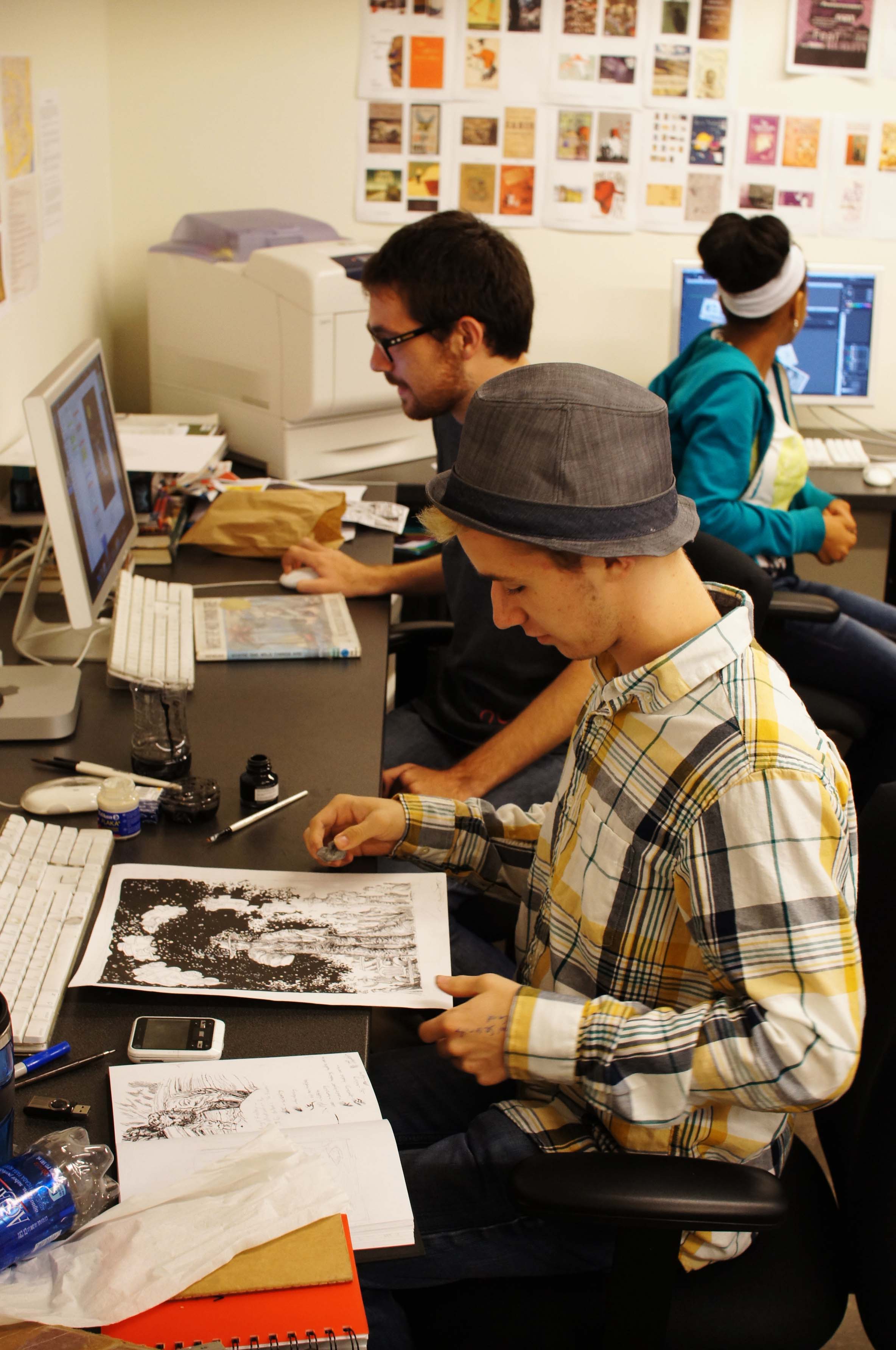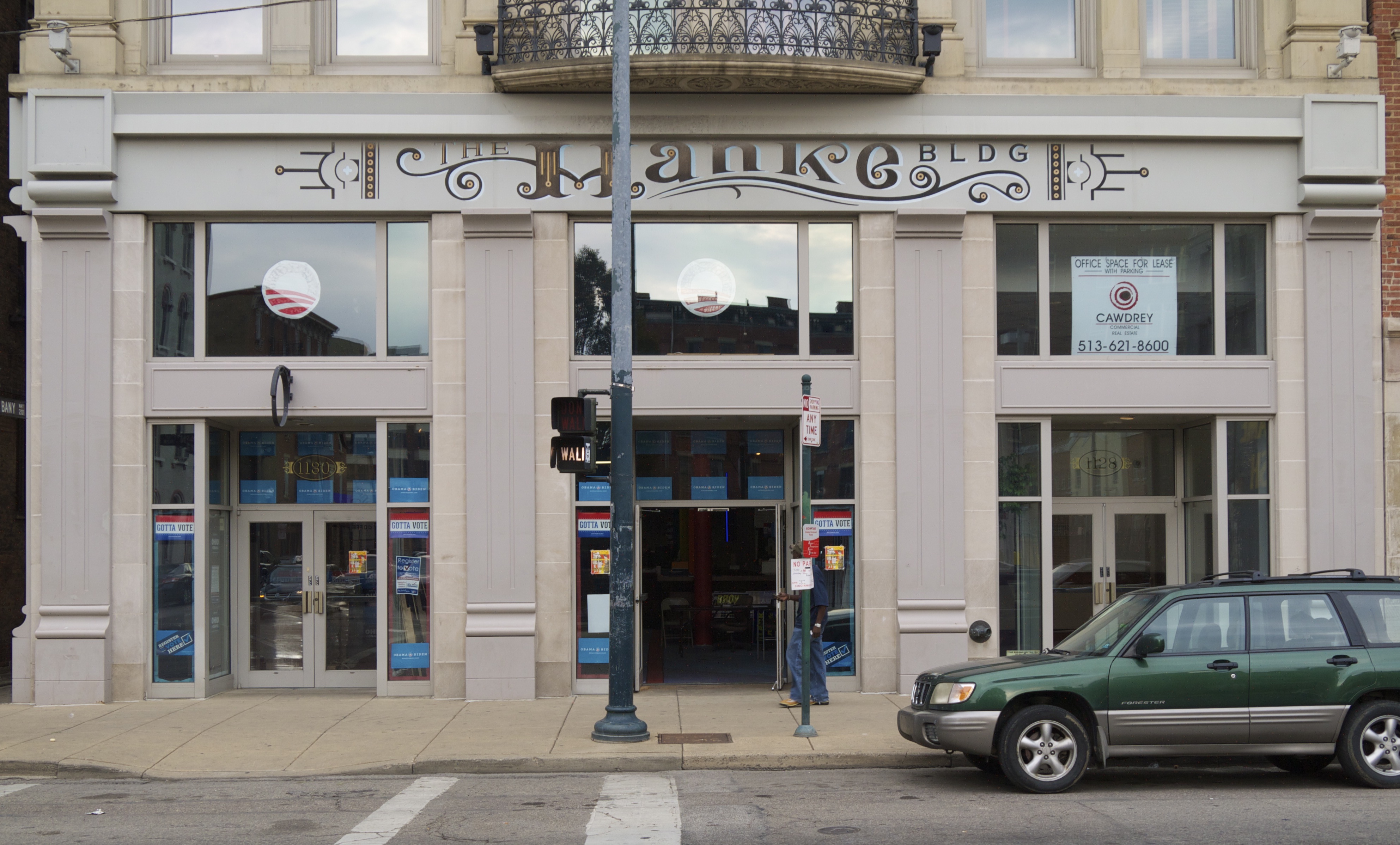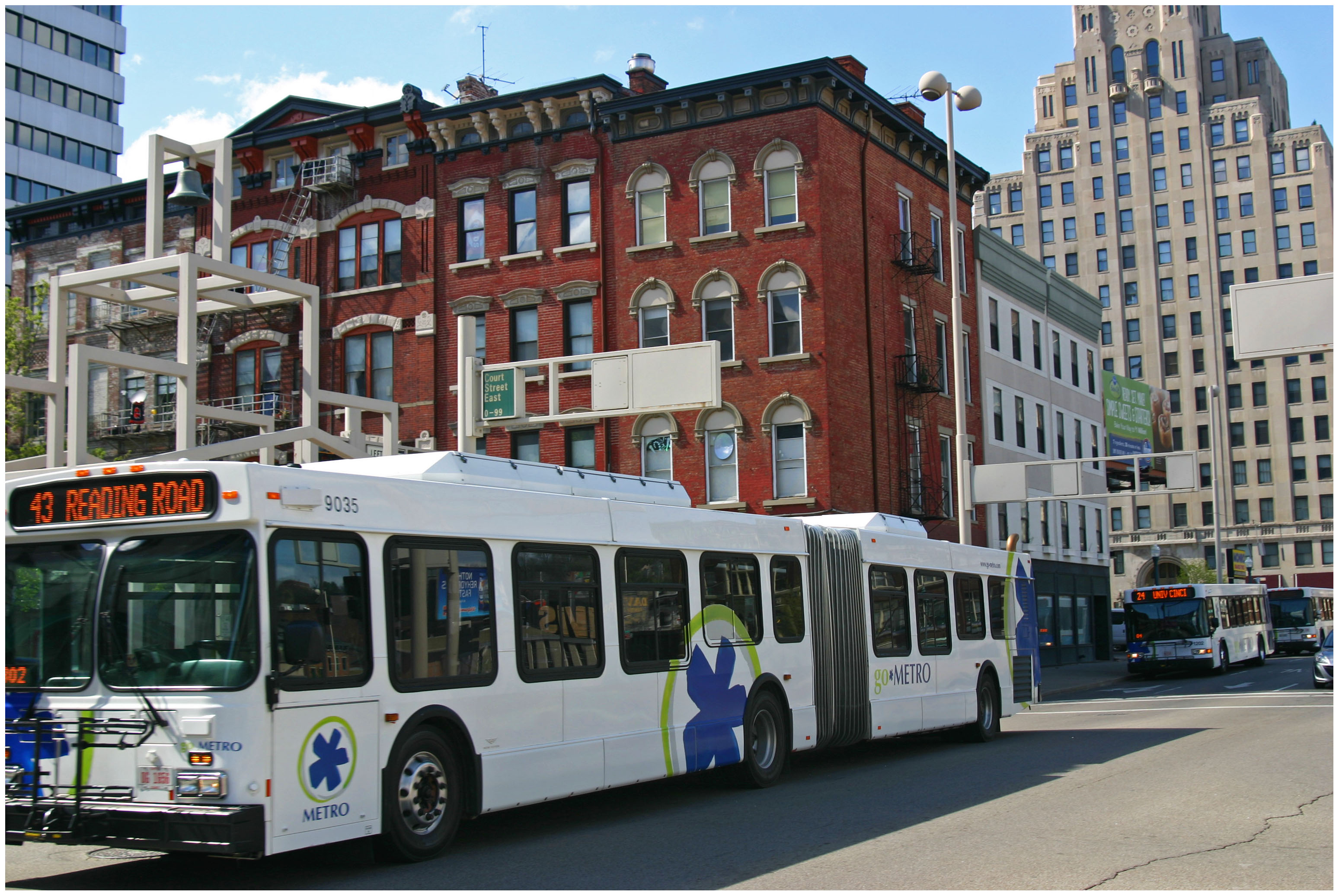On November 5, constituents in the Oak Hills Local School District will make a very significant choice: To pass or kill an emergency levy (Issue 20). This decision will impact the well-being of not only the school, but of the future of Cincinnati’s economy.
I make this claim due to the threat to the district’s German program. The Lakota School district has already quietly killed their language program, and now Oak Hills’ is under fire.
Oak Hills’ German program is the second largest in the region and strong in college placement. Students routinely advance to 200-level courses upon entering college and shine amongst other German programs in the city, achieving first place three years running at UC’s German Day language competition. Should Issue 20 fail, Oak Hills will remove German from Delhi and Rapid Run Middle Schools and one of the three remaining German instructors at Oak Hills High School.

Oak Hills High School is one of the largest in Ohio, but the district’s German language program, the second largest in the region, may be at risk. Image courtesy of Google Maps.
Why does German matter? As you probably know, Cincinnati has a strong German heritage. What you may not know is that Germany’s influence remains not only in our last names, our festivals, and the foods we eat, but is strongly represented in our business sector with over 100 German-owned companies in Cincinnati.
This translates to local jobs in industries like engineering, banking, chemistry, and medicine. Many of our leading local businesses, including P&G and General Electric, have global offices in German-speaking regions because they are some of the strongest centers of innovation and economic power in Europe.
By removing German from our middle schools and high schools, we deprive our future business leaders of exposure to a key foreign language when they are developmentally most inclined to learn a second language. We deprive them of the ability to navigate through cultural differences when dealing with their future colleagues. We deprive our city of the ability to maintain ties to the strongest economies in the European market, losing our ability to compete in regional and global market places.
Programs like Oak Hills’ are being cut all over the city. Remember that curricula are determined at the local level by voters like you. Whether you live in the Oak Hills School District or not, consider the significant impact of your vote when going to the ballots on November 5. Support your local language programs to provide our middle and high school students the tools they need to succeed and to foster the growth of Cincinnati.
Issue 20 by the Numbers:
Oak Hills School District has the third lowest total costs per pupil and administrative rates in Hamilton County at $9,166. This is $1,341 lower than the state average and $2,367 lower than the Hamilton County average.
It is the first time in 16 years that the school district has requested that voters decide on an increase in revenue for operations.
This $4.82 million operating levy translates into a $168.72 per year increase to homeowners on $100,000 of assessed property valuation.
Lisa Bambach is a graduate of the University of Cincinnati’s College of Design, Architecture, Art & Planning where she studied graphic design. She currently works as the Marketing and Creative Director of Cincideutsch, a local German language and culture organization. If you would like to submit a guest editorial of your own, please contact UrbanCincy at editors@urbancincy.com.














